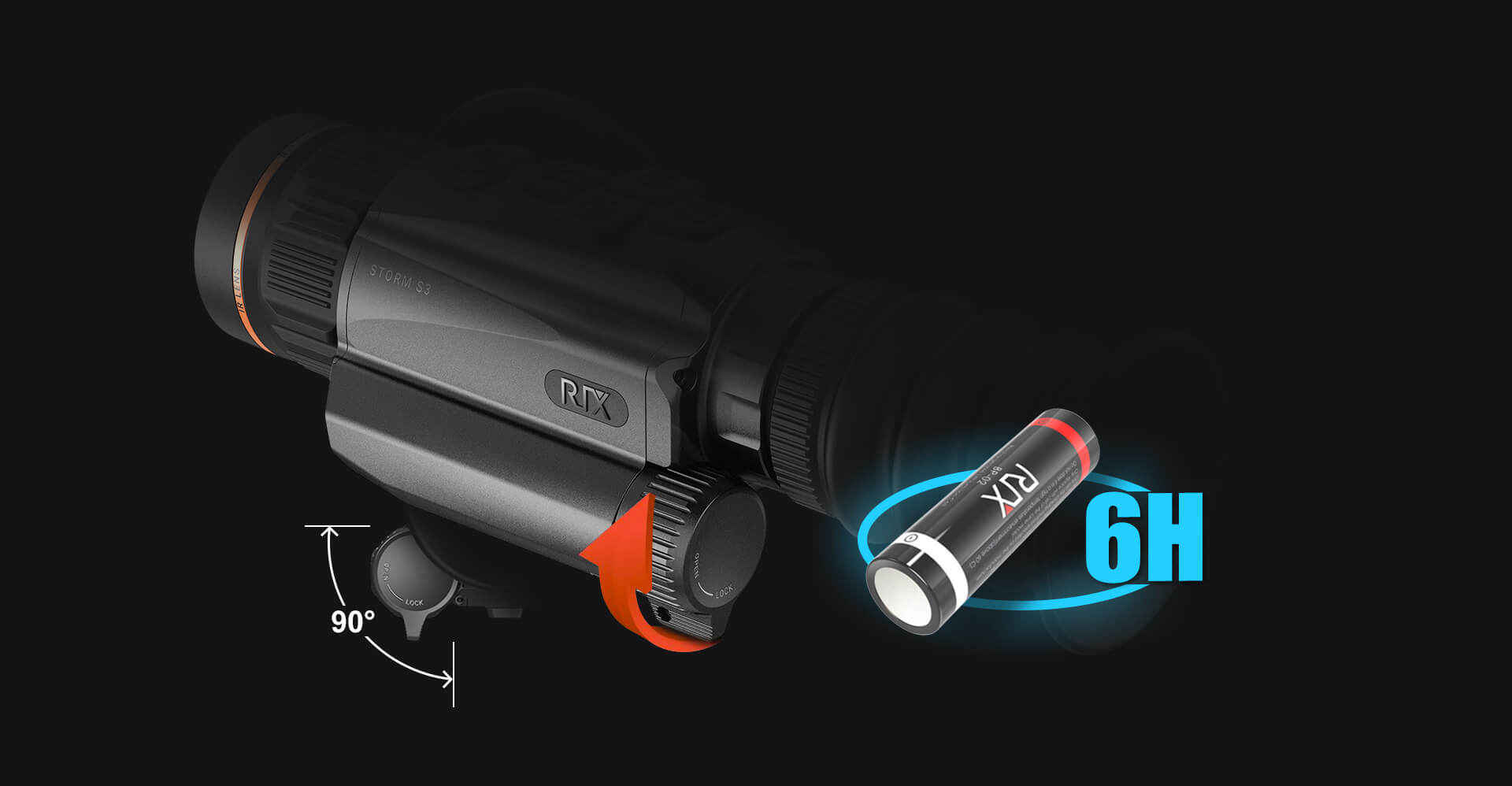In the world of optics, thermal night vision scopes represent a significant advancement in technology, allowing users to see in complete darkness by detecting heat emitted by objects. This capability has transformed various fields, including hunting, law enforcement, and military operations. Understanding how these devices work and what features to consider can greatly enhance your experience and effectiveness.

How Thermal Night Vision Scopes Work
At the core of a thermal night vision scope is a thermal sensor that detects infrared radiation. Unlike traditional night vision devices that amplify visible light, thermal scopes convert heat signatures into a visible image. This process involves several key components:
- Thermal Sensor: This is the heart of the scope, capturing infrared radiation and converting it into an electronic signal.
- Image Processing Unit: This unit enhances the image quality, allowing for clearer visuals in various environmental conditions.
- Display Screen: The processed image is displayed on a screen, enabling the user to see the heat signatures of objects.
As a result, users can identify living beings or warm objects even in total darkness or through obscurants like smoke or fog. This technology is particularly beneficial for wildlife observation and tactical operations.
Key Features to Consider in a Thermal Night Vision Scope
When selecting a thermal night vision scope, several features should be evaluated to ensure you choose the right model for your needs:
- Resolution: Higher resolution provides clearer images, which is crucial for identifying targets at a distance.
- Detection Range: Consider how far you need to see; different scopes offer varying detection ranges.
- Refresh Rate: A higher refresh rate results in smoother images, which is essential for tracking moving targets.
- Battery Life: Look for scopes with extended battery life to avoid interruptions during use.
For example, the ATN Thor 4 Thermal Scope features a high-resolution display and a long detection range, making it a popular choice among enthusiasts.
Advantages of Using Thermal Night Vision Scopes
The advantages of employing a thermal night vision scope are numerous. They provide unparalleled visibility in low-light conditions, allowing for effective surveillance and target acquisition. Additionally, they are less affected by environmental factors compared to traditional optics.
"Thermal imaging technology has revolutionized the way we approach nighttime activities, from hunting to security." - Optics Expert
Conclusion: Choosing the Right Thermal Night Vision Scope
In conclusion, understanding the technology behind thermal night vision scopes and knowing what features to prioritize can significantly enhance your experience. Whether you are a hunter, a law enforcement officer, or simply an outdoor enthusiast, investing in a quality thermal scope can provide you with the advantage you need. Always consider your specific requirements and conduct thorough research before making a purchase.
For more insights, check out this informative video on how thermal night vision scopes work.
References









